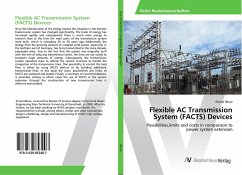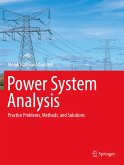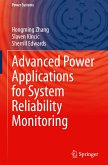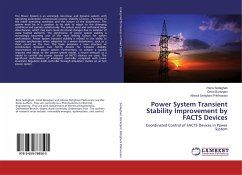Since the liberalization of the energy market the situation in the German transmission system has changed significantly. The trade of energy has increased rapidly and subsequently there is much more energy to transmit than at the time the main parts of the transmission system were built, which is nowadays 30 to 50 years ago. Additionally the energy from the growing amount of installed wind power, especially in the northern part of Germany, has to be transmitted to the more densely populated areas. Due to the fact that the system was originally built with the aim of reducing transmission losses, the lines are not suited to transport large amounts of energy. Subsequently the transmission system operators have to rethink the system structure to handle the congestion of the transmission lines. One possibility to control the load flow is either by using FACTS devices or by building additional transmission lines. In this book the costs, possibilities and limits of FACTS are analyzed and stated. Finally, a summary of recommendations is provided, stating in which cases the use of FACTS or the system extension through the construction of new transmission lines is effective and suitable.
Bitte wählen Sie Ihr Anliegen aus.
Rechnungen
Retourenschein anfordern
Bestellstatus
Storno








